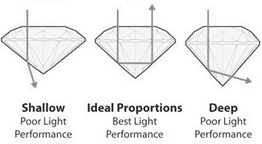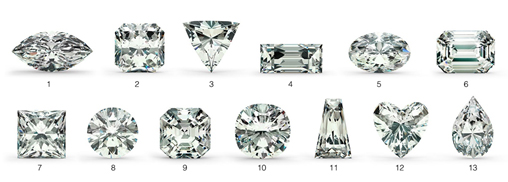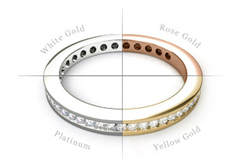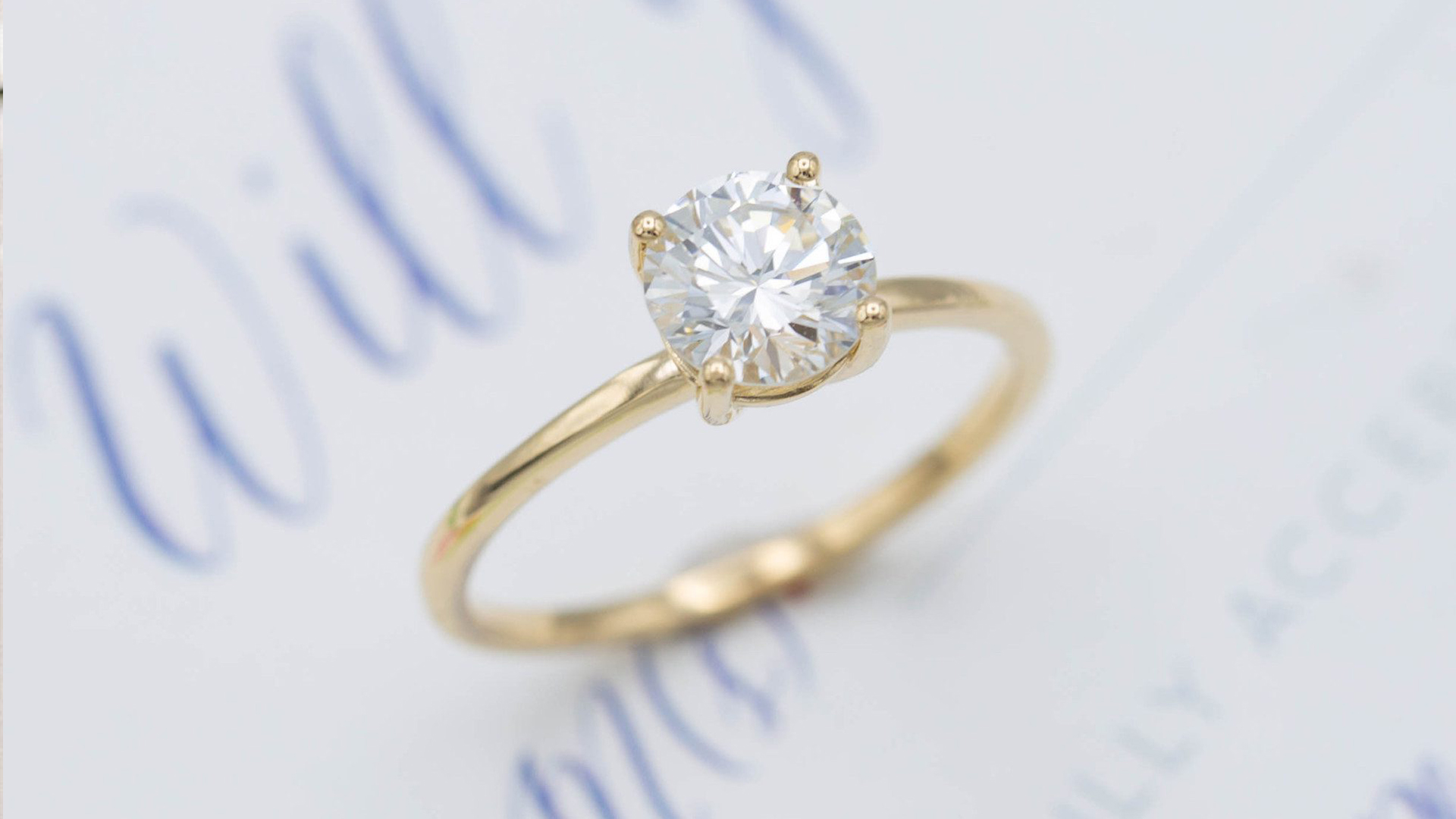Congratulations! You decided to get engaged. You probably have lots of things to think about. But have you ever thought of the ring? After all, you’re -supposedly- going to wear it for the rest of your life. Talk about pressure! So how to choose the perfect ring, the one which you will cherish, not get bored of and that will flatter your hand? Which metal would be best for you? What about the stone? The setting? The style, the shape, the type, the cut, the color?…
No doubt that an engagement ring is one of the most special pieces of jewelry someone will ever own, and maybe pass down to next generations. Aside the sentimental value, it could also represent a big investment in money, so it makes sense to do some research before going ring shopping. It doesn’t matter if you are the person who will wear it or if you’re choosing your partner’s ring; the points to consider are the same. Let’s go!
Consider your general style
Your general style and go-to choices can be a starting point. Would you define it as…
- Classic?
- Contemporary?
- Bold?
- Romantic?
- Rock?
Your usual jewelry style
Notice your choices of daily jewelry:
- Is there a majority of white or yellow metals?
- Are there a lot of basic pieces, like stud diamonds, small pendants, pearls?
- Or fun, statement pieces that reflect a bolder style?
- Try to determine the overall style: minimalist/modern or classic/traditional?
First things first: The Stone
Let’s start with the main part of most of engagement rings: the stone. It might sound scary for first-timers but with a few technical tips, you will be able to pick a good stone for your ring.
The four C’s
When choosing a stone, you will want to take into consideration the “four C’s”: cut, color, clarity and carat. These together will determine the quality and price of the stone.
- Cut is the most important C. It does not refer to the shape of the stone but to its proportioning and number of facets. The cut of a gemstone is what determines its brilliance.
- Color. Diamond color is graded on a scale that goes from D (colorless) to Z (yellow). Truly colorless diamonds are the rarest and the most expensive. The clearer the color, the more precious the diamond is.
- Clarity. The lesser inclusions a stone has, the better (and more expensive) it is. Clarity is also measured on a scale. If you’re opting for a diamond, try to find one in the range of V1/V2 or even SI1/SI2, as the slight impurities they might have are not always visible to the naked eye.
- Carat refers to the weight of a diamond. The heavier, the pricier. Don’t be fooled! If cut and mounted properly, a diamond can appear larger than its carat suggests.

The shape
The shape of the stone is a matter of preference. You can choose it according to your style and taste and/or your hands and fingers proportions.

Pro tips:
- Princess cut and round cut are especially flattering for long fingers.
- Smaller stones look better on small hands/thin fingers.
- For short fingers, choose a long shaped stone like oval, pear or marquise.
- Do not pick a narrow stone for wide fingers: go for a wide oval, marquise or emerald shape instead.
The setting
A ring’s setting is the way the stone is mounted on it. It is what holds the stone and the band together, and also has a crucial aesthetic impact. There are various kinds of settings and the choice depends on each person’s preference and lifestyle.

Tiffany setting

Bezel setting

Pavé setting

Eternity band

Tension setting
Pro tips:
- The Tiffany setting is a good choice for a classic style.
- The Bezel setting is advised for persons with an active lifestyle, as it the stone is better protected, and is less likely to allow the stone to scratch whatever it may come into contact with.
- The Eternity band is a nice alternative if you don’t like solitaires.
- The Pavé setting is ideal for sparkle lovers.
- The Tension setting is not very safe but minimalist lovers are very fond of it.
You can combine different styles together (ex: tiffany & pavé).
The shank
The shank is the body of the ring. You might want to consider first the metal and the color, and then the shape.
The metal
There is a variety of metals that are popular for engagement rings. While platinum is not uncommon, gold is the most mainstream. But different colors exist and the choice is made upon personal taste.
Platinum is a very tough and durable metal, but its color dulls quicker than gold.
Gold offers a wide choice of colors (yellow/ white/ pink) and exists in different karats: the higher the karat, the bolder the color and higher the price. It’s the most commonly used metal for engagement rings.

Pro tips:
- If you are more of a classic person, shiny yellow bands are the most frequent choice.
- Modern lovers usually go for white gold or platinum. Mat finishes are also very popular and give a stylish and trendy look.
- Thick bands suit well long/wide fingers.
- Thinner bands help create the illusion of length for shorter fingers.
The shape
Different shank shapes exist. It is important to choose the right shank, since it is what will give the overall style of the ring.

Pro tips:
- Split shanks offer additional surface to add side stones and sparkle while leading the attention toward the center stone.
- Cathedral shape highlights the center stone while offering a traditional but catchy design, although might snag on clothes if too highly set.
The Alternatives
Customize
What’s more special and personal than a custom designed ring? Get in touch with a jewelry designer or check the brands that offer customization service. This will give you a chance to create THE ring of your dreams. This also allows you to use a stone that you already have in your possession: that might be a stone coming from a previous generation in your family, or a rare find you acquired in one of your travels.
Pro tips:
- Don’t be afraid of colors. If you want to do different than the classic diamond ring while staying in the precious stones category, check out Emerald, Ruby and Sapphire.
- If you are on a lower budget, think of using a semi-precious stone. That could be a gemstone that has a special meaning for you, or both your birthstones.
- Consider the hardness of the stone: since you will wear it a lot, you want it to be a pretty tough one to limit the risks of breaking/scratching. Choose a stone with a high ranking on the Mohs scale (diamonds have the highest with a 10/10).
Buy an antique
If you like vintage in general or have a special liking for history, you’ll probably love a vintage or antique engagement ring. Many of these have a romantic history that you will appreciate and be happy to carry. Bingo: those usually cost less than a new ring of similar quality.
© 2021 Paola Sleiman. All rights reserved.


